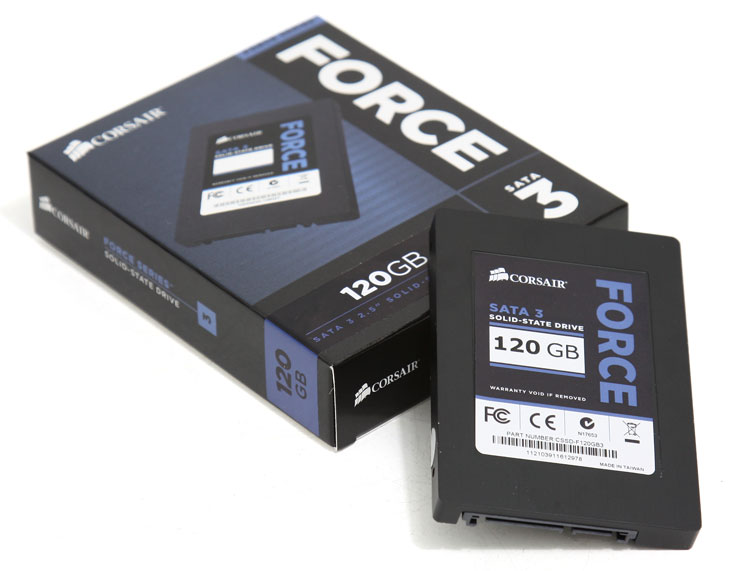Introduction

Nothing moves slowly in the technology sector, merely months ago, earlier this year, the first real native SATA3 (6G) controllers popped into that Intel series 6 chipset, after which raving reviews in terms of performance spread like a flaming fire all over the web.
We are merely months after from that SATA3 controller release and we can already see an adoption rate that is really high. And that makes sense as the latest SATA 3 based storage units, in specifically SSDs, show breathtaking numbers.
We had a peek at OCZ's Vertex 3 series, the Agility 3 series as they where first to the market. And at this very moment just after Computex, where pretty much any memory manufacturer sells SSDs as well, we spotted lots and lots of SATA3/6G SSDs, predominantly with a SandForce 2200 series controller and asynchronous NAND flash memory. As that offers the best value versus performance.
Today we look at such a product, Corsair added two new SATA 3 (SATA 3 6Gs) SSDs to their Force lineup, the Force 3 and Force 3 GT, with the 3 as an indicator for SATA 3. The difference in-between the two products is to be found in its NAND flash memory, the GT will be a notch faster in throughput as it makes use of synchronous NAND flash memory, the regular 3 model will run one gear slower, yet still incredibly fast thanks to slightly cheaper asynchronous NAND flash memory.
Both drives come with that already famous SandForce SF-2281 controller to deliver at up to 550 MBps read and 510 MBps write speeds (when peaking). Corsair even dares to rate the drive we test today at 85k IOPS (4k aligned), but unfortunately they use a substandard measurement, not representative to compare with the numbers of say OCZ, as our tests will show you.
We'll test the non GT asynchronous NAND flash model, thus the 120GB Force 3 SSD. Prices will be roughly $139 for 60GB, $219 for 120GB, and $499 for the 240GB version.
Anyway, that's enough info for an introduction, let's move onwards and head into the actual review. Next page please.

